Exclusive: Prog rock icon reveals his Sibelius roots
mainVesa Siren reports from Helsinki:
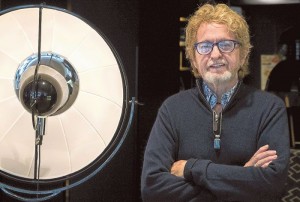
photo (c) Helsingin Sanomat
Jon Anderson, a founding member of Yes, one of the most central bands in progressive rock, was seen at the Sibelius Festival in Lahti, Finland, this year, night after night. He told me: ‘My beautiful wife had asked what I would like to have for my 70th birthday and I said: tickets to all of concerts of the Lahti Sibelius Festival, please.’
Jon had heard many Sibelius concerts from London to Paris and Los Angeles, but this was the first time he listened to Sibelius in Finland. ‘I had never witnessed such emotion from the stage and from the audience as here in Lahti,’ he told me. There were tears in his eyes when he listened to the first concert with the Helsinki Philharmonic and Leif Segerstam. ‘This Santa Claus -like conductor must be very famous here… Those hands, that emotion! I listened to that concert again from my iPad.’
After that he heard Sinfonia Lahti with Osmo Vänskä, BBC Symphony with Sakari Oramo and Okko Kamu, and Sinfonia Lahti with Jukka-Pekka Saraste and Okko Kamu. ‘Every night was the best’, he told me (40 % of the festival audience was from abroad, many from Britain, so the hotels, restaurants and Lahti’s few taxis will not complain).
With Jon it all started when Yes recorded their hit album ”Fragile” in 1971 and opened their concerts with Firebird’ by Stravinsky (But even before, Sibelius was part of The Beatles White Album in 1968; just listen to Revolution 9 at around 2.20. and for example at 5.50. and find that loop, from symphony no 7 just before it ends; Yoko Ono explained this to me in this interview). And The Nice with Keith Emerson recorded part of Karelia Suite in 1969.
But after ”Fragile” Jon watched BBC Wales and saw a film about a man ‘searching for white stallion across the mountans’ (I guess it must have been the BBC production ”The Stallion”, directed by John King), and when the man finally rides the white stallion, Jon heard some extraordinary music. ‘I phoned BBC Wales and they told me it was Sibelius, third movement of Symphony no 5.’
Jon immediately bought all of the Sibelius recordings he could find. Though their manager and record company told Yes to continue what Fragile had started, he got interested in the way Sibelius ‘shows his main themes gradually, making these beautiful journeys’. He got interested in ‘long form structures’ and that is why the next album by Yes (Close to the Edge, very central album in progressive rock) had a long form piece. ‘And the audience followed us’, he says. ‘Through Sibelius I realized there is so much more in music than pop songs.’
Jon also told me he made lyrics to one melody by Sibelius to one of his solo albums and used violin concerto as influence when he made the ”Violin Stories. ‘He is my favourite composer in all music”, he tells Helsingin Sanomat.

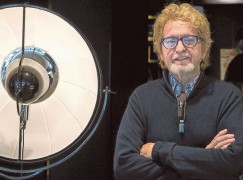
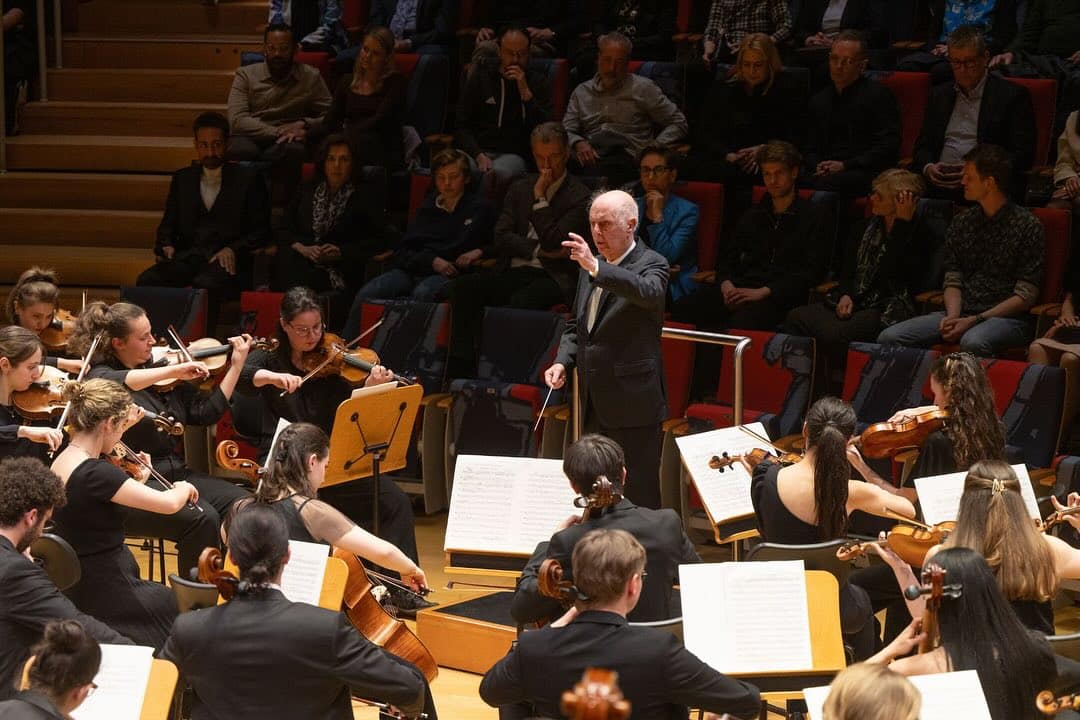
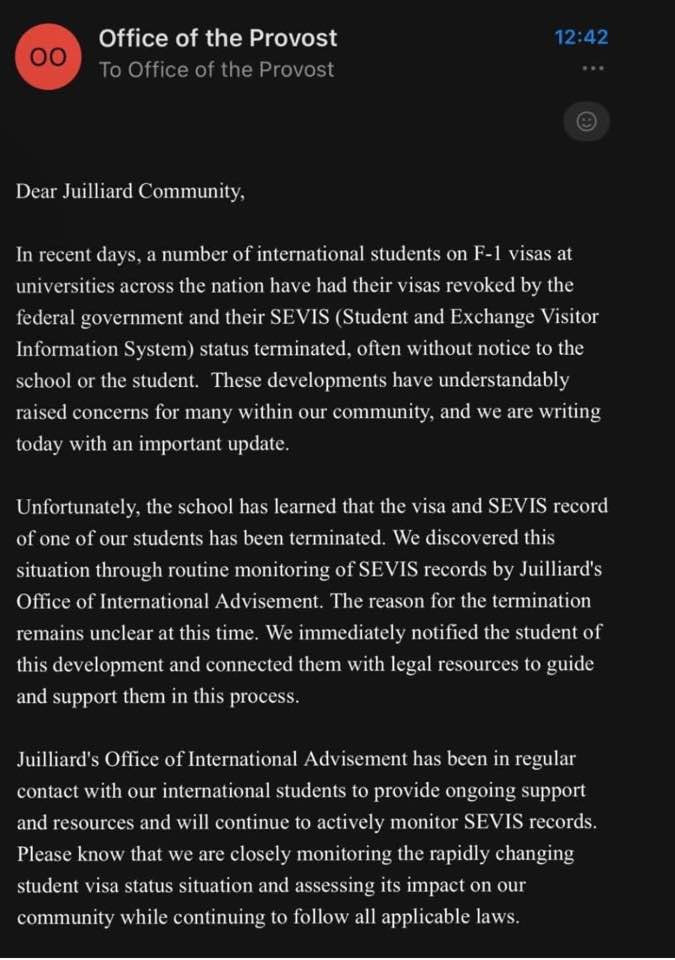
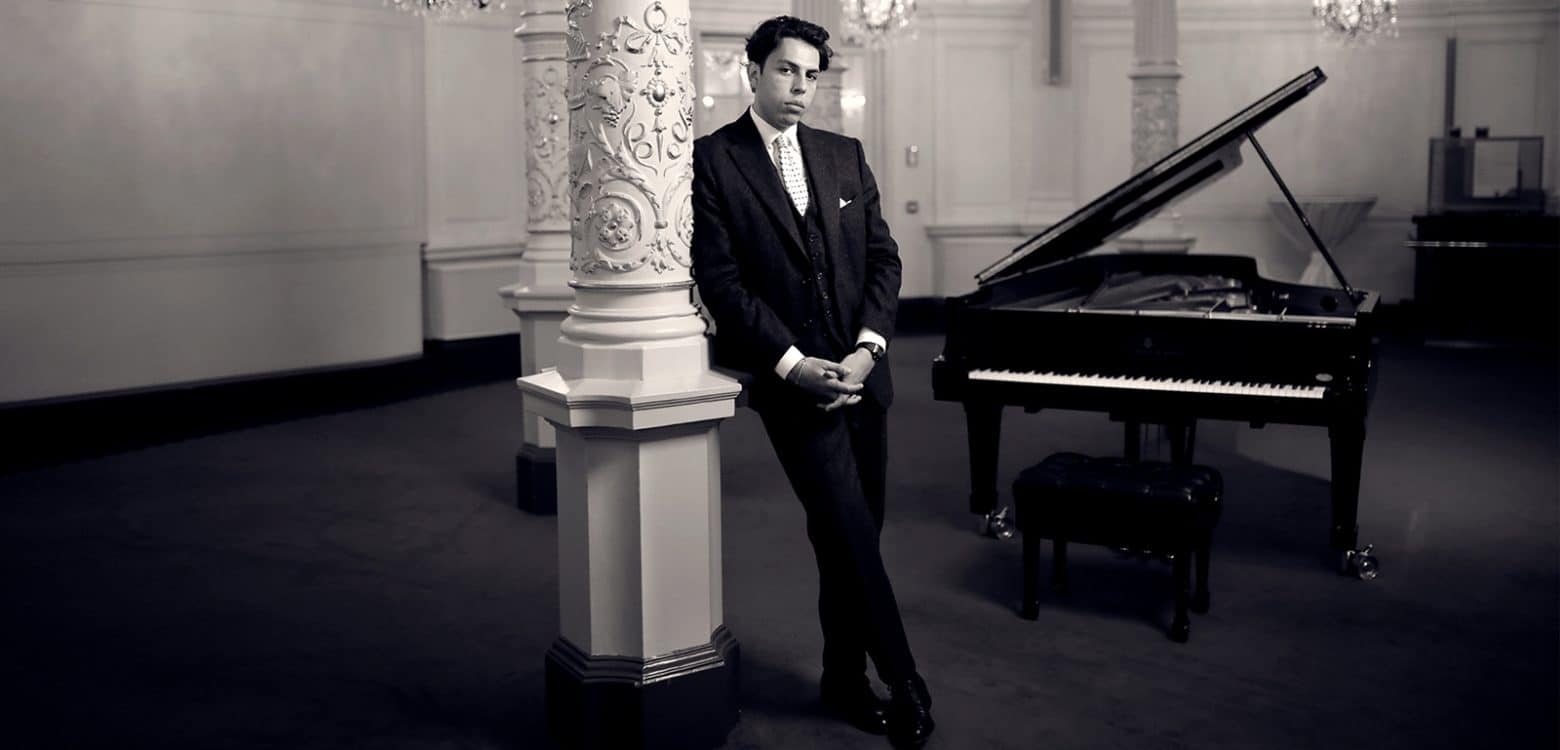

Comments